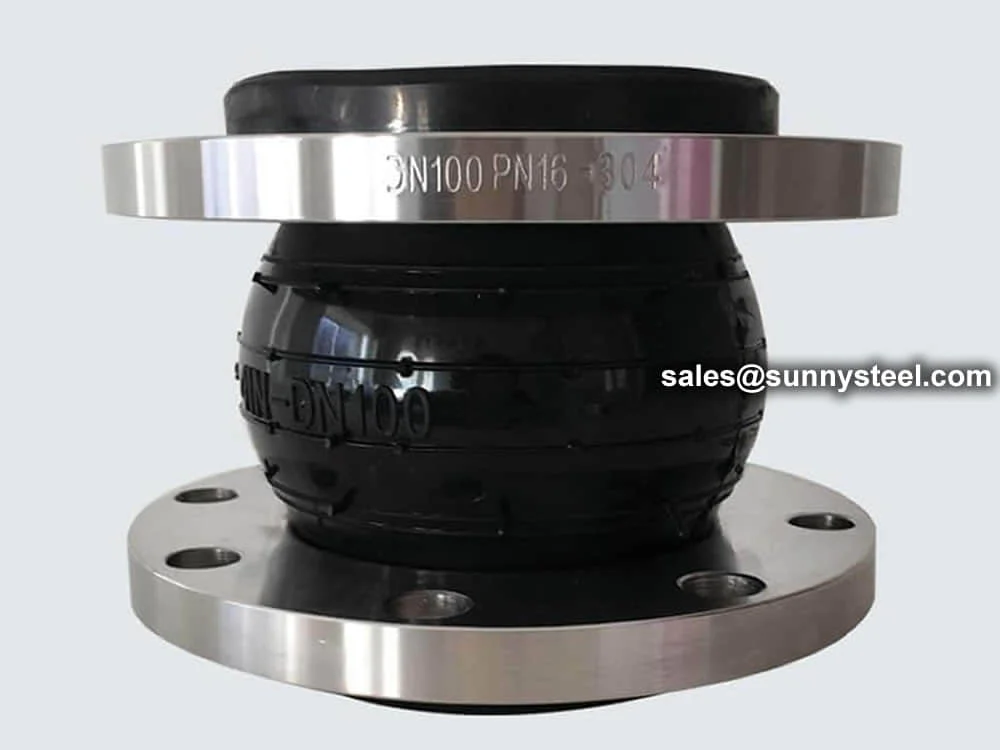
Vibration And Thermal Expansion Absorber For Industrial Piping
Flexible rubber joints absorb vibration, reduce noise, and manage thermal expansion in industrial piping, offering corrosion resistance and enhanced pipeline durability.
Vibration And Thermal Expansion Absorber For Industrial Piping
Flexible rubber joints absorb vibration, reduce noise, and manage thermal expansion in industrial piping, offering corrosion resistance and enhanced pipeline durability.
Flexible Rubber Joint, also known as a rubber expansion joint or compensator, is a versatile component in industrial piping systems designed to absorb vibration, reduce noise, and accommodate thermal expansion and contraction. Compliant with standards like DIN, ANSI, and JIS, these joints are made from high-quality elastomers such as EPDM, NBR, Neoprene, or Viton, reinforced with synthetic fabrics or steel flanges, providing excellent corrosion resistance. They are widely used in HVAC, water treatment, chemical processing, power generation, and marine applications for reliable boiler pipeline protection.
The flexible rubber joint features a bellows design that allows for axial, lateral, and angular movements, effectively reducing pipeline stress caused by temperature fluctuations, mechanical vibrations, or misalignment. Available in sizes from 1” to 80” (DN25 to DN2000) with pressure ratings up to 25 bar, these joints operate in temperatures ranging from -20°C to 120°C, depending on the elastomer. Protective coatings or PTFE linings enhance corrosion resistance, making them ideal for handling corrosive fluids like seawater, acids, or alkalis in pipeline wear solutions.
Manufactured through high-pressure molding and vulcanization, flexible rubber joints undergo rigorous testing, including burst, pressure, and fatigue tests, to ensure compliance with industry standards. Their high elasticity and damping properties reduce noise by up to 25 decibels and mitigate pipeline wear, extending system lifespan. These joints support flanged, threaded, or union connections, offering flexibility for complex piping systems in applications such as pumps, chillers, and cooling towers.
Compared to metallic expansion joints, flexible rubber joints provide superior flexibility and noise reduction, though they are better suited for moderate temperature and pressure conditions. Their lightweight design and ease of installation reduce labor costs, while materials like EPDM offer excellent resistance to weathering, ozone, and chemical corrosion. These joints are particularly effective in systems requiring boiler pipeline protection, where thermal cycling and vibration are common challenges.
Flexible rubber joints address critical challenges like pipeline stress, corrosion, and noise in dynamic industrial systems. Their robust, corrosion-resistant design makes them a preferred choice for engineers seeking cost-effective industrial piping solutions for demanding environments, ensuring operational efficiency and safety.
| Material | EPDM | NBR | Neoprene |
|---|---|---|---|
| Temperature Range (°C) | -20 to 120 | -20 to 100 | -30 to 110 |
| Tensile Strength (MPa) | 10-20 | 10-15 | 8-17 |
| Elongation at Break (%) | 300-600 | 300-500 | 200-500 |
| Hardness (Shore A) | 60-80 | 60-75 | 50-70 |
| Chemical Resistance | Excellent (acids, alkalis) | Good (oils, fuels) | Moderate (oils, weathering) |
| Property | Value |
|---|---|
| Pressure Rating (bar) | Up to 25 |
| Axial Movement (mm) | ±10 to ±50 |
| Lateral Movement (mm) | ±5 to ±30 |
| Angular Deflection (°) | Up to 15 |
| Noise Reduction (dB) | 15-25 |

Absorb greater movements compared to similar length metal expansion joints, managing lateral, torsional and angular movements effectively.
Dampen disturbances and provide resistance against shock stress from hydraulic surge and water hammer.
Dampen sound transmission with rubber to steel interface, reducing unwanted noise from system imbalances.
Lightweight and easy to handle, simplifying connections and reducing installation time and labor costs.
Significantly extend service life of piping systems and connected equipment, reducing maintenance frequency.
Effectively compensate for minor misalignments during installation or due to structural settling over time.
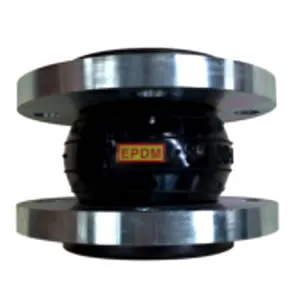
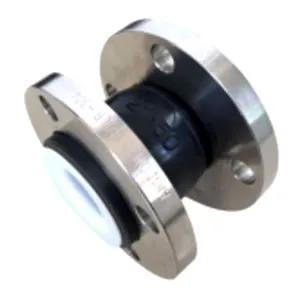
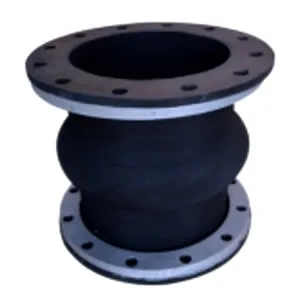
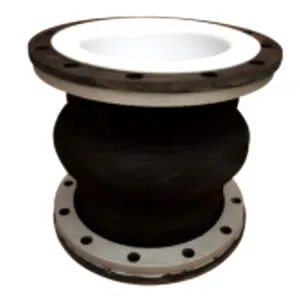
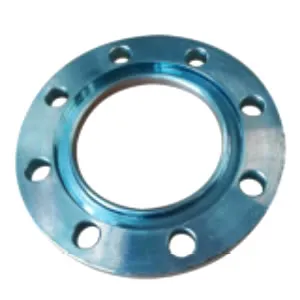
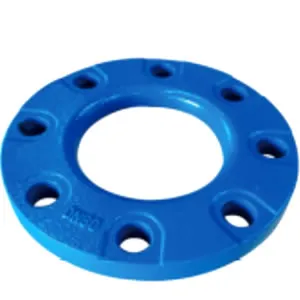
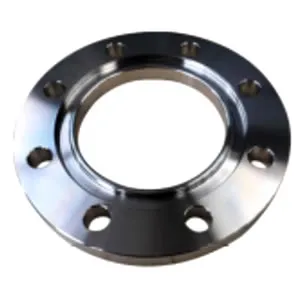
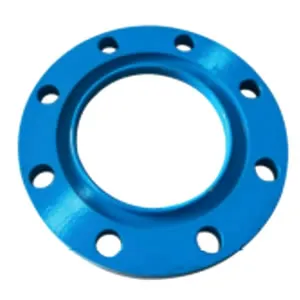
| Material | Temperature Range | Key Properties | Applications |
|---|---|---|---|
| EPDM Ethylene Propylene Diene Monomer |
-40°C to +120°C | Water, steam, ozone, weathering resistance | HVAC, water, wastewater systems |
| Nitrile (Buna-N) Acrylonitrile Butadiene |
-30°C to +100°C | Oil, fuel, chemical resistance | Petroleum-based applications |
| Hypalon Chlorosulfonated Polyethylene |
-40°C to +135°C | Ozone, weathering, oxidizing chemicals | Chemical processing, marine |
| Viton (FKM) Fluorocarbon |
-20°C to +200°C | High temperature, aggressive chemicals | Chemical, oil & gas, aerospace |
| Natural Rubber Polyisoprene |
-50°C to +80°C | Elasticity, abrasion resistance | General purpose, low chemical exposure |

Flexible Rubber Joint are essential in industries requiring flexible, corrosion-resistant solutions for thermal expansion and vibration control in piping systems.
Transfers heat between fluids, allowing return flow at 180° in a compact space.
Used in heat exchangers, chemical & petrochemical, food processing, and refrigeration industries.
Seamless stainless U-tubes are essential in nuclear and petrochemical machine building.
Applied in heat exchangers at Oil & Gas, petrochemical plants, refineries, and power plants.
Handles aggressive fluids like sodium hydroxide + sodium hypochlorite safely.
Allows pipeline expansion without buckling; flexible or sliding options available.
Enhances heat transfer when the outside coefficient is lower than the inside, improving efficiency.
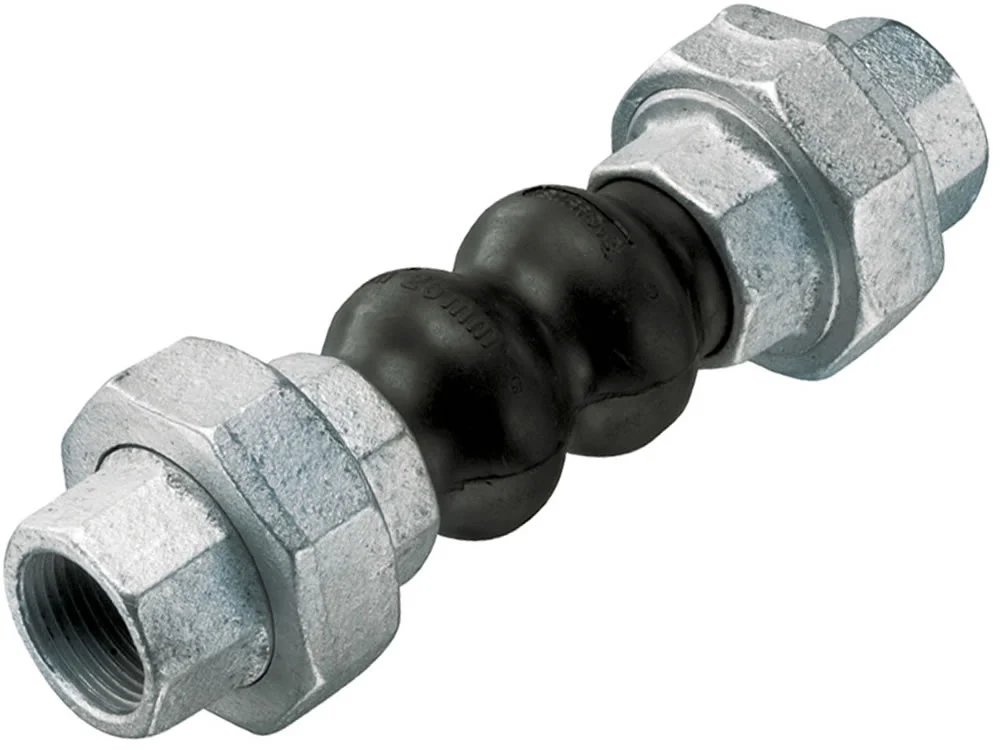
Threaded rubber expansion joints absorb vibration,...
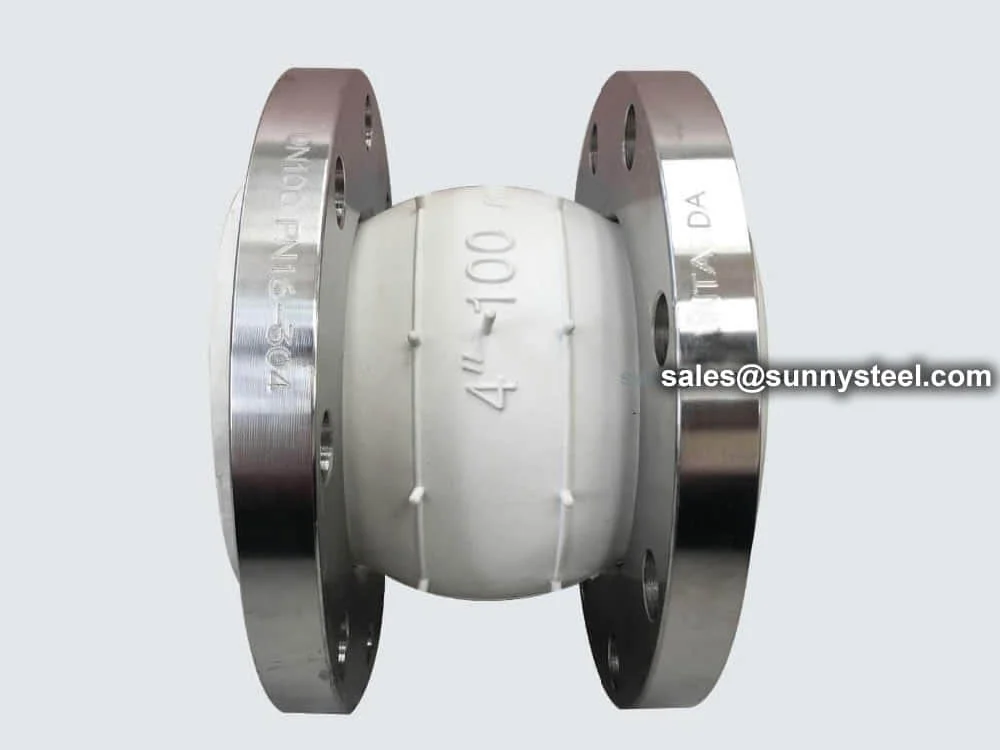
Food grade rubber expansion joints ensure hygienic...
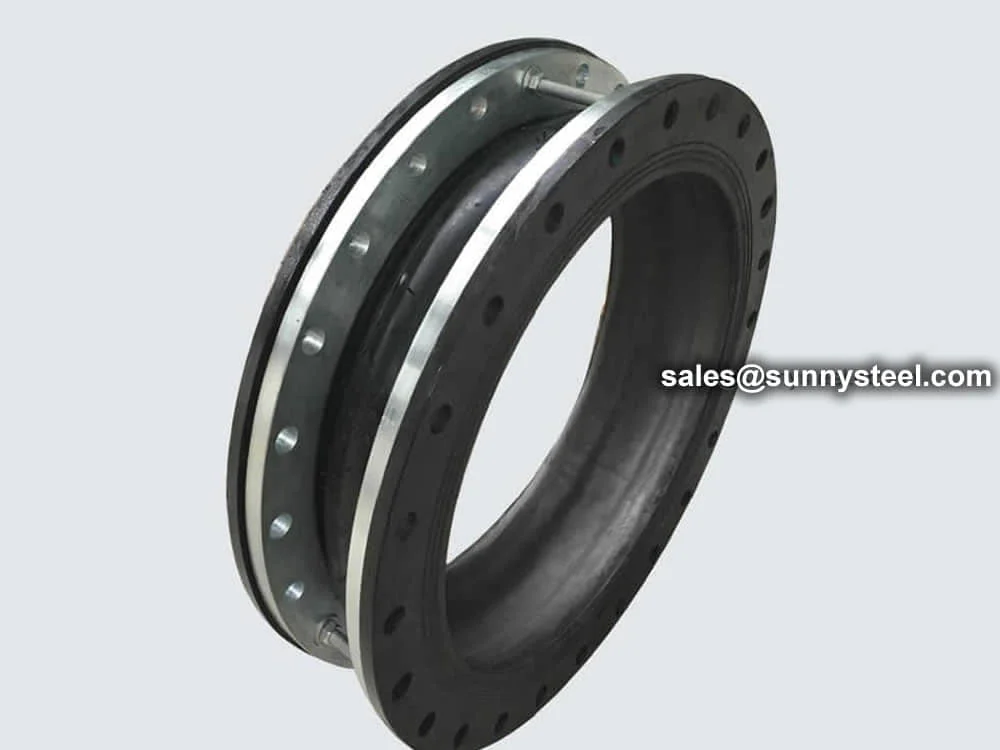
Limited flexible rubber joints absorb vibration, r...
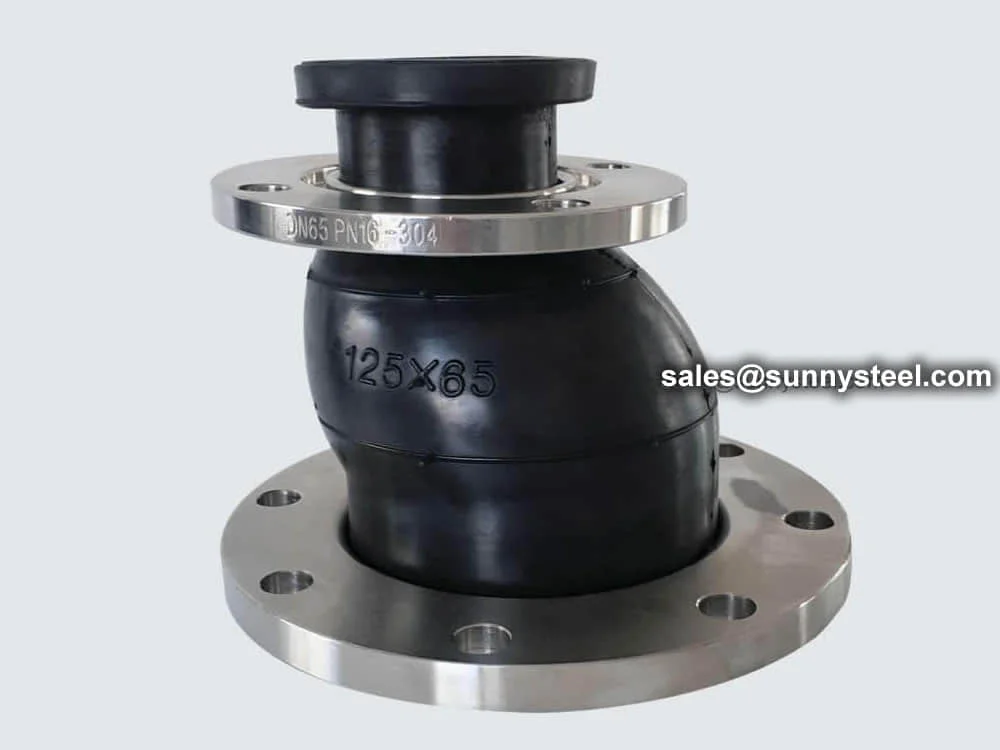
Eccentric reducer rubber joints connect misaligned...
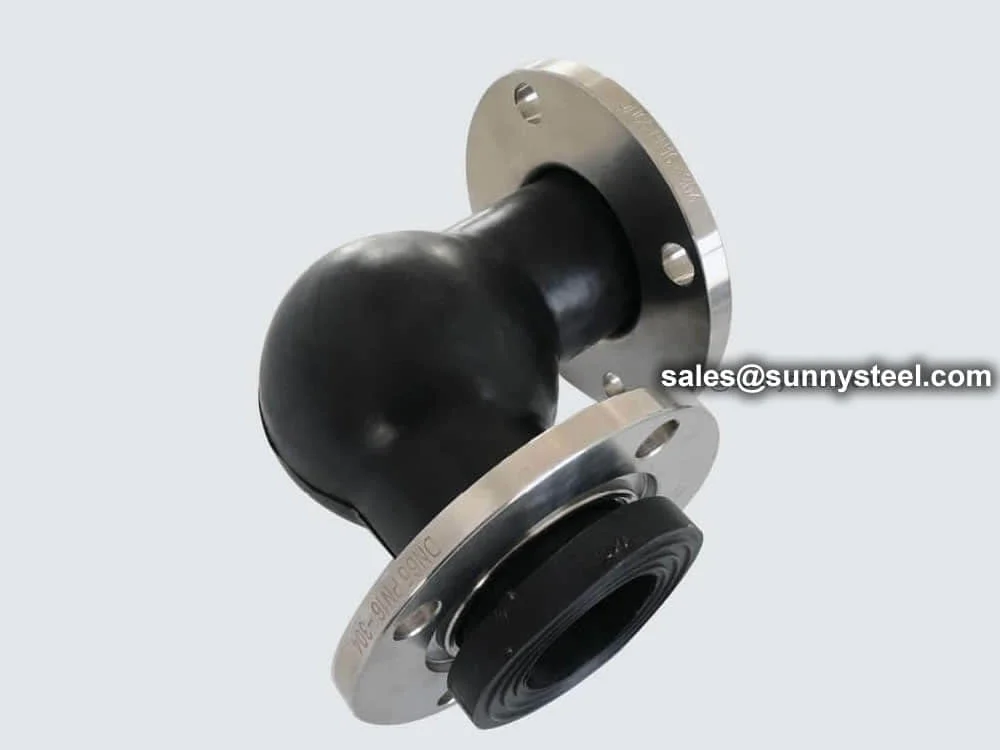
Flexible rubber elbow joints redirect flow in pipi...
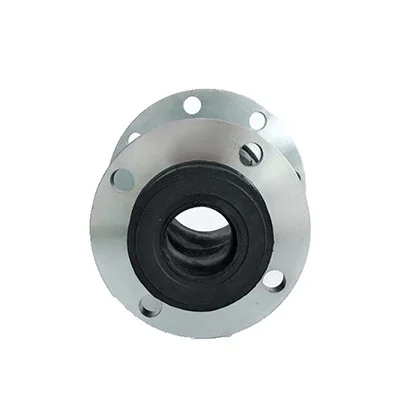
Ein gummi-kompensator ist ein flexibles verbindung...